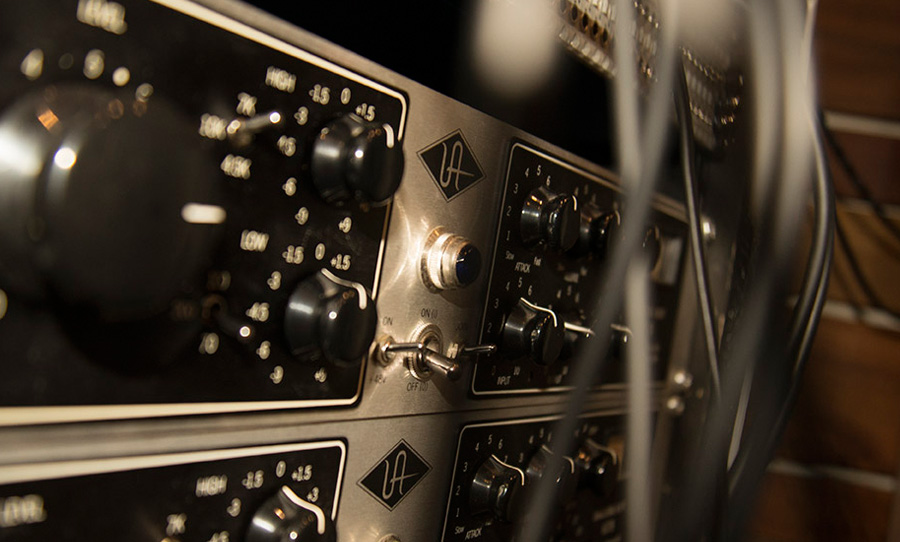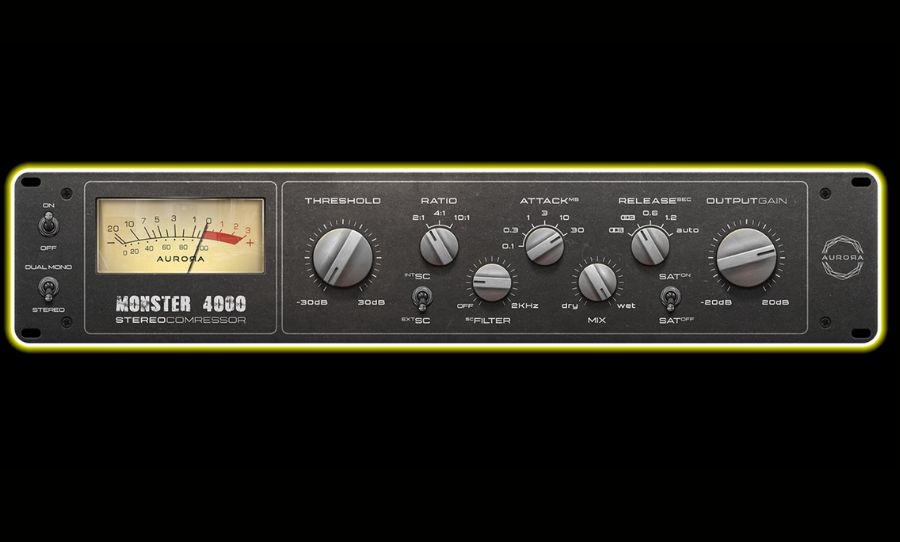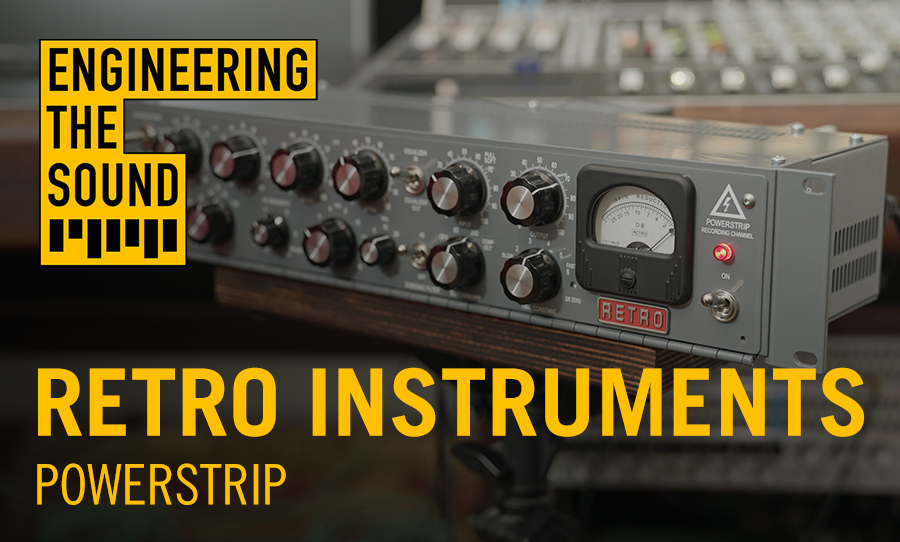The flexibility of the Universal Audio 6176 offers us the best of both worlds and has rightly earned its reputation as a studio staple.
Most studio pros will be aware of the Universal Audio 610 preamp and 1176 compressor. Combined, they make the 6176: a channel strip with the features of both devices in one elegant box. In all applications, it functions really well and adds the much-coveted analog warmth to vocals, drums, guitars and just about anything else. Personally, I think the character of the 6176 really shines through on bass guitar. The attack of the compressor grips the transients and smooths them out in a way that’s unmistakable.
Yes, it’s excellent to be able to work with such a high-quality piece of hardware. Yet, the main advantage of this preamp/compressor combo is how it fits into a digital workflow. At Enmore Audio, we take advantage of the powerful editing that Pro Tools can provide and like to use an ever-increasing array of high-quality plug-ins. Therefore, we spend a lot of time in the digital domain.

The flexibility and the sound of the 6176 offer us the best of both worlds. Being able to use the preamp and compressor separately (by using the join/split switch) is beneficial, especially when sculpting unique tones with a combination of different preamps and compressors in a signal chain. This is an exciting prospect because it means that one can gradually accrue a diverse arsenal of smaller, more affordable, high-quality outboard gear instead of a console.
Most console manufacturers are understanding the need to make somewhat affordable desks, and size-sensitive ones. A quick look at Vintage King’s Mixer section reveals how many options are now available. Still, lots are prohibitively expensive, and it is questionable whether a desk at the centre of a studio is most appropriate for a diverse range of clientele.
Some jobs require the visual interface with a screen (composing music for commercials, video games), and if you spend a long time working on these kinds of tasks, having a console in the centre of the control room is cumbersome, and the monitor tucked away in the corner is inconvenient. Having eight to sixteen 6176s would basically amount to a very desirable console indeed, but half the fun is exploiting the variety of channel strip flavours on the market – each with their own idiosyncrasies and tonal signatures.
This is just the beginning of a longer, philosophical exploration on the topic of workflow in general, but to return to my original point, the 6176 has rightly earned its reputation as a studio staple. We’ve recently slotted in a Phoenix DRS-8, so I’ll be looking forward to comparing the two pre-amp sections.



